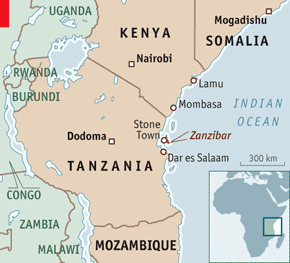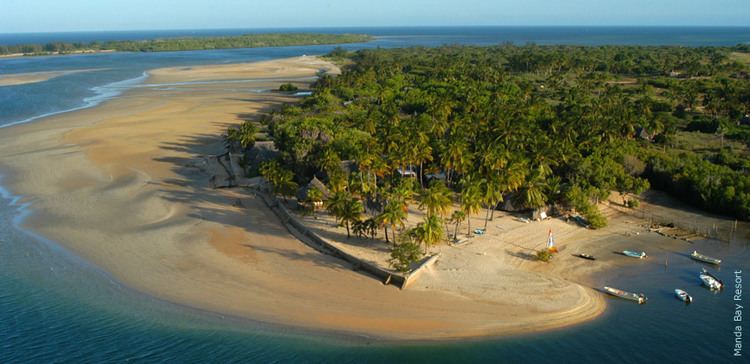 | ||
Edited wonders of africa swahili coast
The Swahili Coast refers to a coastal area in Southeast Africa inhabited by the Swahili people. It mainly consists of littoral Kenya, Tanzania and northern Mozambique. The term may also include some of the Indian Ocean islands, such as Zanzibar, Pate and Comoros, which lie off the Swahili Coast. The Swahili Coast has a distinct culture, demography, religion and geography, and as a result - along with other factors, including economic - has witnessed rising secessionism.
Contents
- Edited wonders of africa swahili coast
- The truth behind the swahili coastal civilisation
- Settlements
- History
- References
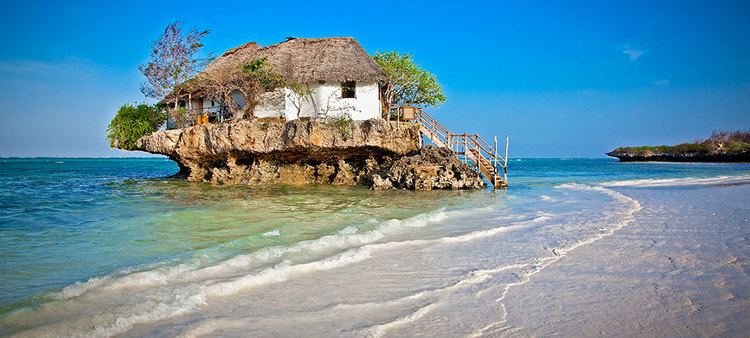
The truth behind the swahili coastal civilisation
Settlements
The major ports along the Swahili Coast include:
Off-shore island groups associated with this coastal region:
History

Parts of the area that are today considered Swahili Coast were known as Azania or Zingion in the Greco-Roman era, and as Zanj or Zinj in Middle Eastern and Chinese literature from the 7th to the 14th century. Historical documents including the Periplus of the Erythraean Sea and works by Ibn Battuta describe the society, culture, and economy of the Swahili Coast at various points in its history.
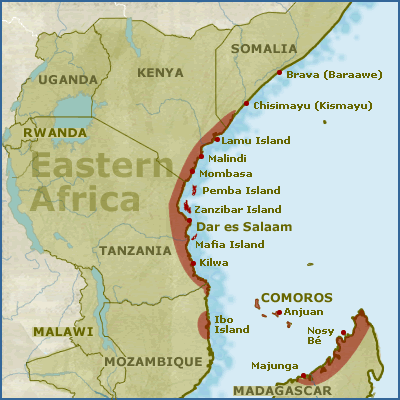
The rise of the Swahili Coast city-states can be largely attributed to the region's extensive participation in a trade network that spanned the Indian Ocean. Some Swahili coast exports included sorghums, millets, sesame, coconut oil, vinegar, copra, dried fish, hardwoods, ebony, mangrove boats, sisal, coir, rubber, rock crystal, tobacco, carved doors and chests, forged iron, incense, myrrh, gums and resins, gold, copper, iron, domestic and field slaves, and concubines. Some of the imports received from Asia and Europe include cottons, silks, woolens, glass and stone beads, metal wire, jewelry, sandalwood, cosmetics, fragrances, kohl, rice, spices, coffee, tea, other foods and flavorings, teak, iron and brass fittings, sailcloth, pottery, porcelain, silver, brass, glass, paper, paints, ink, carved wood, books, carved chests, arms, ammunition, gunpowder, swords and daggers, gold, silver, brass, bronze, religious specialists, and craftsmen. Evidence for Indian Ocean trade includes the presence of pot sherds on coastal archaeological sites that can be traced back to China and India.
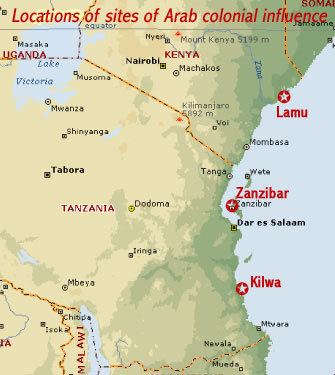
A product of the multi-cultured environment of the Swahili Coast was the development of the Swahili language, a fundamentally Bantu language that contains a number of Arabic loanwords.
